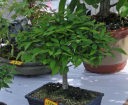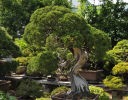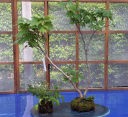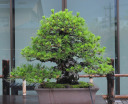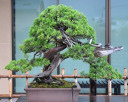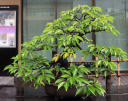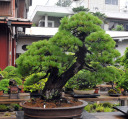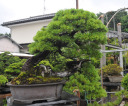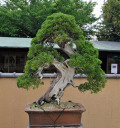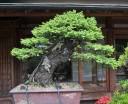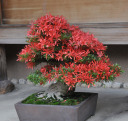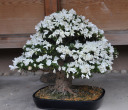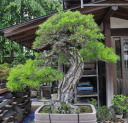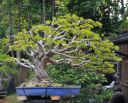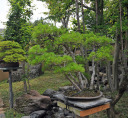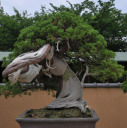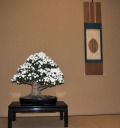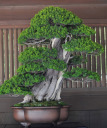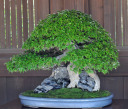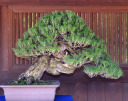| Return to Top Return to May |
Bonsai Festival at Bonsai Village in Omiya
| THE 35th BONSAI FESTIVAL in OMIYA, 2018 May 3,4 (9 a.m.-5 p.m.) and 5 (9 a.m.-4 p.m.) |
| Bonsai Village in Saitama City (Omiya City) where the festival is held is a unique place
of Japan's bonsai culture. The village was founded by bonsai cultivators
who settled in Omiya in the Taisho era and the bonsai gardens opened around
that time are still in operation today. The bonsai gardens are open to
visitors for appreciation and also can purchase a small bonsai as souvenier.
During the bonsai festival days, more than 100 bonsai shops stand along the streets of the bonsai village. Last year, about 140,000 people visited the event. URL: http://www.stib.jp/event/data/daibonsaimatsuri.html Address: Bonsai-mura, Kita-ku, Saitama City, Omiya, Saitama Prefecture Map: http://goo.gl/maps/CpXVE Access: Omiya Koen Station on Tobu Noda Line/ Toro Station on JR Utsunomiya Line Telephone: 048-663-3899 (Bonsai Matsuri Committee, Tojuen Bonsai Garden)/ 048-646-3093 (Omiya City Commerce and Industrial Department) |
















